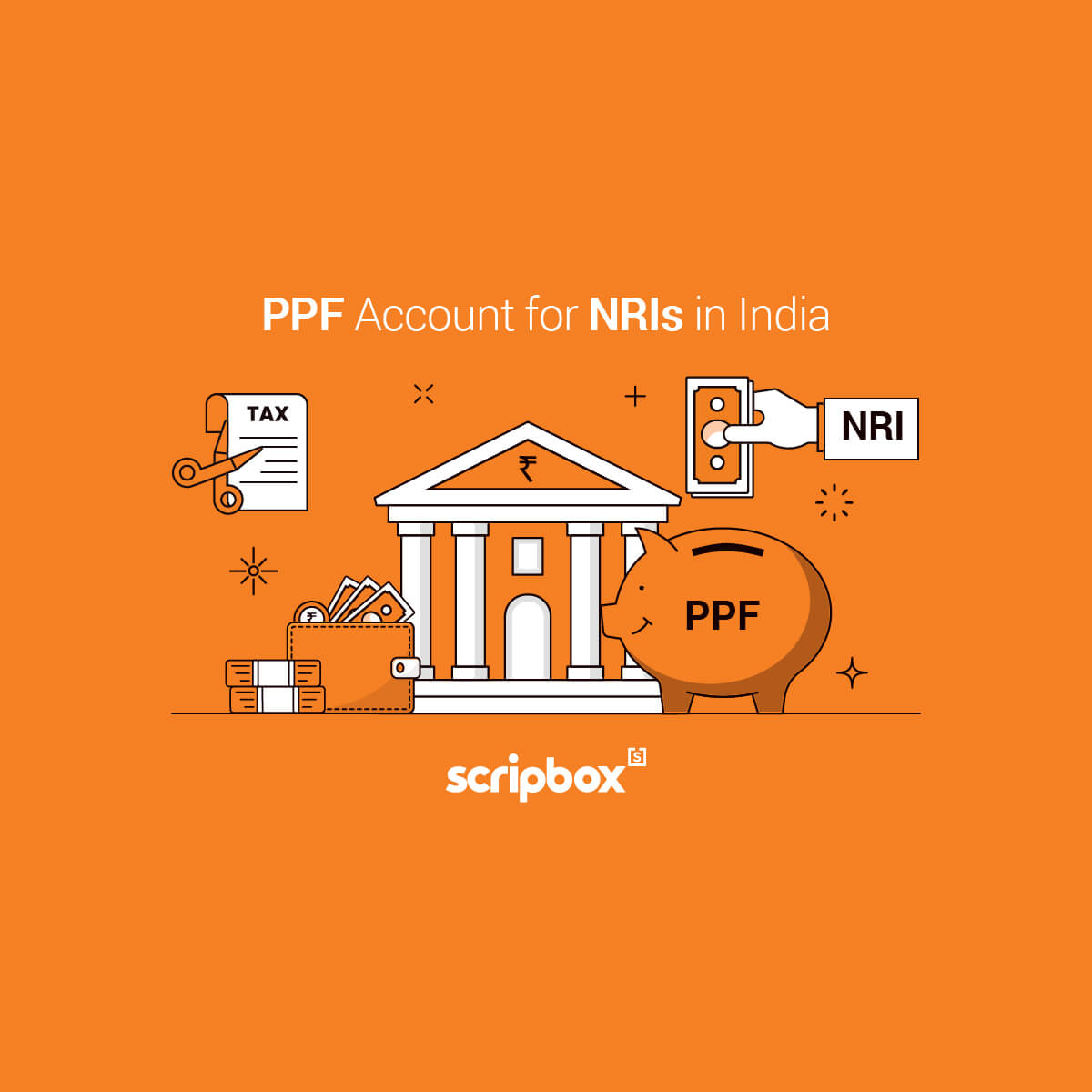Public Provident Fund (PPF) is a long-term investment scheme offered by the Government of India. It is a popular investment option for many Indians due to its tax benefits and guaranteed returns. However, there are also some disadvantages to the Public Provident Fund (PPF) that investors should be aware of.
7 Disadvantages of Investing in Public Provident Fund
The following are the disadvantages of the Public Provident Fund:
- Lock-in Period: One of the biggest disadvantages of PPF is its lock-in period of 15 years. This means that you cannot withdraw your money from the scheme before 15 years, except in certain cases, such as illness or death of the account holder. This can be a major drawback for investors who need access to their funds in the short term.
- Low Interest Rate: The PPF interest rates are subject to annual revisions by the government. The Government of India sets the PPF interest rates, and it is currently at 7.1%. While the interest rates have generally been higher than traditional savings accounts, they are lower than the interest rates offered by some other investment options, such as equity mutual funds, Employee Provident Fund (EPF) or National Pension System (NPS). As a result, your investment in PPF may not grow as quickly as it would in other investment options.
- Liquidity: PPF is not a liquid investment. This means that you cannot easily sell your investment if you need cash in the short term. You can only withdraw money from PPF after 15 years, or only under certain circumstances. Partial withdrawals are permitted after the completion of five years. This leads to the inability to access funds during emergencies or other urgent financial requirements. The lack of liquidity can be a major drawback for investors who need access to their funds quickly.
- Account Opening: Only individuals can open a PPF account. Non-resident Indians (NRIs), Hindu Undivided Families (HUFs), trusts and other entities cannot open a PPF account. This may limit your options if you move abroad or want to invest on behalf of your family or organization.
- Investment Limit: There is a maximum investment limit of INR 1.5 lakh per year in PPF. This means that you cannot invest more than INR 1.5 lakh in PPF in a financial year.
- Flexibility: PPF does not offer much flexibility in terms of account opening, depositing, transferring or closing. You can open only one Public Provident Fund (PPF) account in your name and cannot have a joint account with anyone else. You have to deposit at least Rs 500 per year and cannot deposit more than INR 1.5 lakh per year.
- Premature Closure: Premature closure is allowed only after five years from the year of account opening. All premature closures attract a penalty of 1% interest.
While the PPF offers a safe and secure investment option for the long term, it also has certain limitations that investors must consider. It is important to assess your financial goals and investment needs before investing in the Public Provident Fund.




























Show comments